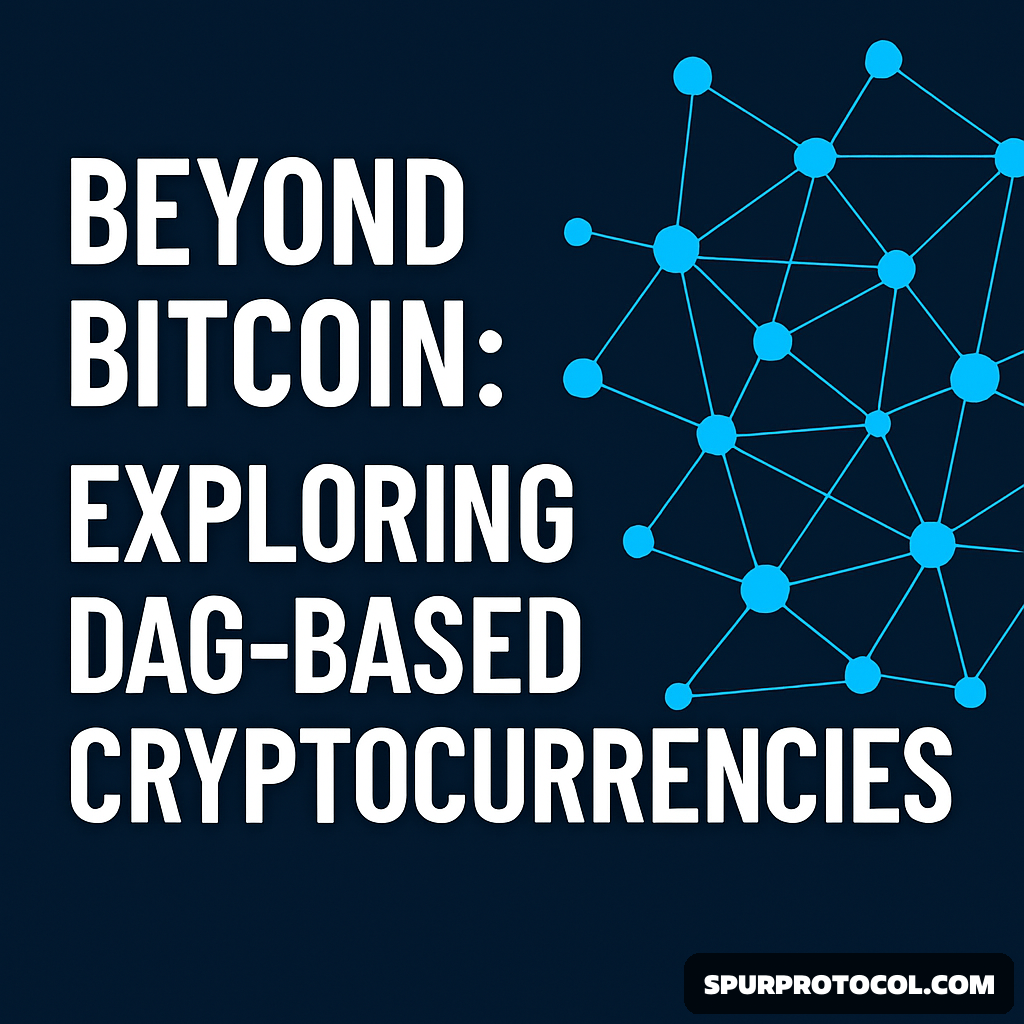Introduction: The Limits of Traditional Blockchains
Since the launch of Bitcoin in 2009, blockchain has revolutionized the way we think about decentralized systems. Yet as adoption grows, the limitations of traditional blockchain architectures have become increasingly apparent—high transaction fees, long confirmation times, and scalability issues plague even the most prominent projects like Bitcoin and Ethereum.
These challenges have prompted developers and researchers to explore new ways of organizing and validating data across decentralized networks. Among the most promising solutions? Directed Acyclic Graphs (DAGs).
What Is a DAG and How Does It Differ from Blockchain?
A Directed Acyclic Graph is a type of data structure that differs fundamentally from a blockchain. Instead of transactions being grouped into blocks and appended in a linear chain, each transaction in a DAG is linked directly to one or more previous transactions, forming a web-like structure.
The key characteristics of DAGs include:
Parallelism: Multiple transactions can be processed at once, reducing network congestion.
No Mining: Most DAG systems do not require energy-intensive mining, making them more eco-friendly.
Scalability: As the number of users grows, the network becomes faster, not slower.
Low to No Fees: Many DAG-based projects eliminate transaction fees entirely.
Examples of DAG-Based Projects
1. IOTA
Perhaps the most well-known DAG project, IOTA uses a system called the Tangle. It was designed specifically for the Internet of Things (IoT), enabling machines to transact with each other in a secure and scalable way. Instead of miners, each user validates two previous transactions to issue a new one.
2. Nano
Nano employs a block-lattice structure—a variant of DAG—where every user has their own blockchain (or account-chain). This allows for near-instant and fee-less transactions, making Nano ideal for micropayments and everyday use cases.
3. Fantom
Fantom's Lachesis protocol is an asynchronous Byzantine Fault Tolerant DAG consensus mechanism. While it positions itself as a smart contract platform like Ethereum, it leverages DAG structure to achieve much faster finality and higher throughput.
4. Avalanche (partially DAG)
While Avalanche is not a pure DAG system, it uses DAG structures internally to optimize consensus and transaction ordering, helping achieve sub-second finality.
Advantages Over Traditional Blockchains
Scalability: DAGs naturally handle higher throughput as the network grows.
Energy Efficiency: Without miners and blocks, DAGs consume far less energy.
Decentralization and Accessibility: With low or no fees, more people and devices can participate in the network.
Speed: Transaction confirmation can happen in seconds, even under heavy load.
Challenges and Criticisms
While promising, DAG-based networks face their own hurdles:
Security Concerns: Without traditional mining or staking, ensuring strong consensus and protection against double-spending is more complex.
Lack of Adoption: Compared to Ethereum and Bitcoin, DAG projects still suffer from lower awareness and developer activity.
Interoperability: Most DAGs are built as standalone ecosystems, and bridging them to existing blockchain infrastructure poses technical challenges.
The Future of DAGs and Blockchain Alternatives
As the demand for decentralized applications and systems grows, DAG-based platforms may play a crucial role in supporting micro-transactions, IoT ecosystems, and real-time financial systems. While still in the shadows of better-known blockchains, DAGs offer a glimpse into a future where decentralization doesn’t come at the cost of scalability or sustainability.
The key to their success lies in continued development, real-world integration, and overcoming the current technical challenges. If they succeed, the next wave of crypto innovation may not run on a blockchain at all.
